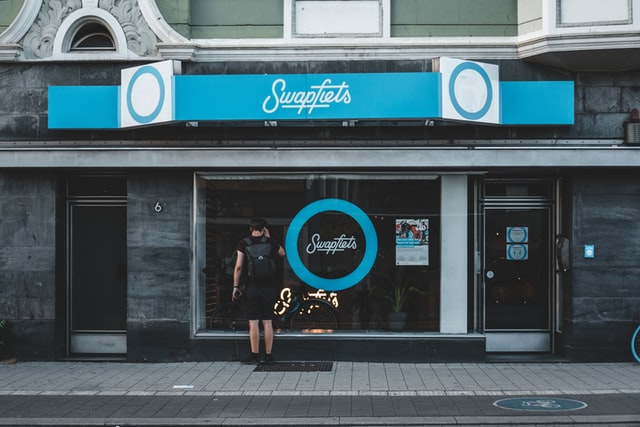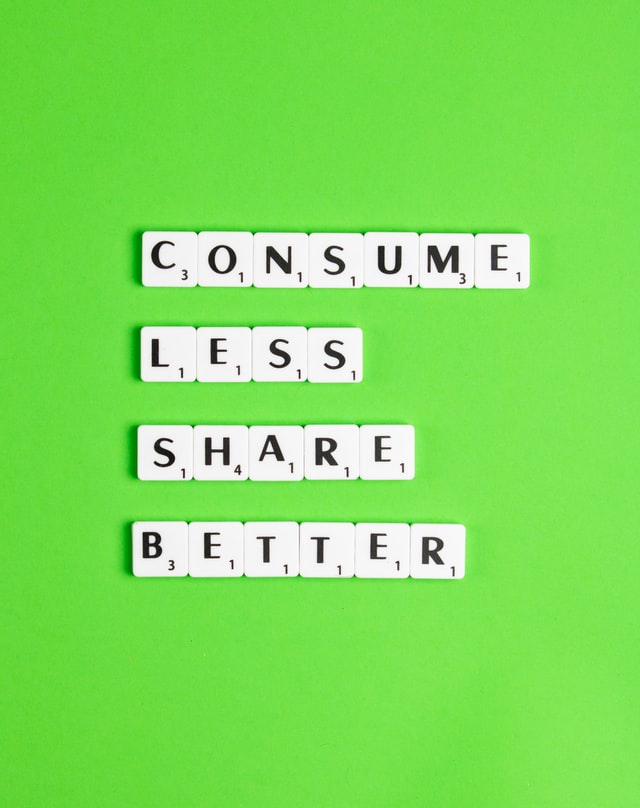Products-as-a-Service as an accelerator for circular economy
Sep 9, 2020
Bob Jansen
Reading time: 3 minutes
There has been no better for producers to review their earnings model. During this crisis, companies that are facing channel conflicts, desire a more direct relationship with their consumers and are looking for a new business model, can study one of the most promising models for the future: Product-as-a-Service.
With Product-as-a-Service (PaaS) and subscription services, as a producer, you structure a direct sales model towards consumers. In addition, it is regarded an important building block towards circular economy, which is also of economic interest for businesses.
What is Product-as-a-Service?
In case of PaaS, a physical product is being combined with a service-component, where the producer remains the owner of the product. After a rental period, the products are recycled or refurbished and marketed again. Companies that are successful using this business model, often add extra value to their product by means of services. A familiar example of the PaaS-model in the Dutch market is the well-known Swapfiets, where you do not buy a ‘bike’ once, but pay a monthly fee to ‘always have a functional bike’.

PaaS: an important step towards the future
With this in mind, over the next five years, the common purpose of retail will shift from a margin channel to a service channel. Instead of taking a margin on products sold, retailers will provide increasingly more services to manufacturers. For example the Dutch Product-pine of the American retail-as-a-service company B8ta: the latter offers a ‘showroom-as-a-service’. Companies pay to present their products. When something is being sold, it is shipped from the producer to the customer. This way the producer will retain its customer relation as well as control over the price strategy.
Are consumers ready yet for PaaS?
In addition to saving a lot of margin remittance to retailers and possibly being more eco-friendly, the PaaS-model particularly ensures a longer and more sustainable connection with the consumer. As such, the producers can get more value from their customer relations. How?
The challenge for companies is to make the product really interesting for rental, so people prefer it over owning it. Simply put: the alternative must be ‘obviously more awesome’. The added advantages must be distinctive and provide a better experience for your customers. By fulfilling the consumer’s wishes, you increase satisfaction and more loyal consumers.
For example: you manufacture the best coffee machine in the world. When using the wrong coffee beans, your customers still doesn’t get what they want: the best cup of coffee in the world. Going the extra mile by providing the best outcome with the product, wins the heart of the customers.

For companies, this also means that they can accelerate their economic growth without needing additional resources for producing more products. The growth in revenue could also be created with services (like repairing a washing machine, or monthly delivery of detergents).
Additionally, the PaaS-provider keeps the circulation of the product ongoing as long as possible, from an economic perspective, saving materials, energy and other resources. As a result, the importance of qualitative products becomes more obvious which, in turn, is good for the environment.
Requirements for successfully making use of PaaS
A producer can take small steps in this business transition from a linear product and sales towards a new model. They could start, for instance, by offering maintenance and repair or start with providing a buy-back scheme, as a result of which the products will be returned after use. Ultimately, it is important to seek a better use of materials, a process for recycling or refurbishing and to align the internal processes with the new situation.
The company culture as well as the customer relationship are essential for the successful implementation of PaaS. If you want PaaS to be successful, owned marketing channels must be created, logistic processes must be adapted and also the setup of a platform to, for instance, ensure monthly payments, subscription management and execution of customer communication is required. A strong brand and interaction with customers are the final pillar for success.
For certain product categories and generations of customers, the first propositions of the PaaS-model have been really successful. And the willingness for use is increasing. Currently, PaaS is mainly works with products that are expensive in terms of purchase (like washing machine), products that are used only briefly or temporarily (e.g. a cot for a baby, a stair lift for grandma or a canoe for the summer holidays) and tech products.
Smart products offer an additional competitive advantage. User data ensures that you can give your clients advice about use or savings and give you an understanding about your target group’s needs. Subsequently, you can initiate new services. And finally: the basic condition to be successful in the long-term applying the PaaS-model, is that the product itself can be reused.

PaaS as a foundation for the circular economy
Ensuring easy implementation of PaaS-models will result in acceleration of the circular economy: companies will invest in products of a higher quality and probably need to offer fewer versions of a product. Differentiation will take place on added service provision. As such, it will be economically interesting for companies to join the circular economy.
The Dutch government wants to have realised a 50% circular economy in 2030 and expects entire circularity in 2050. Still, a lot of companies do not deem it necessary as yet, to structure their processes circularly. PaaS accelerates the circular economy amongst companies without the intention of selling a circular economy. Clients are happy about the price and the ease of use. For companies, a circular approach simply means earning money more easily with the same quantity of resources.
Interested in Product-as-a-Service for your company?
Contact us to schedule a demo with one of our PaaS experts or start your free trial in our platform today.



